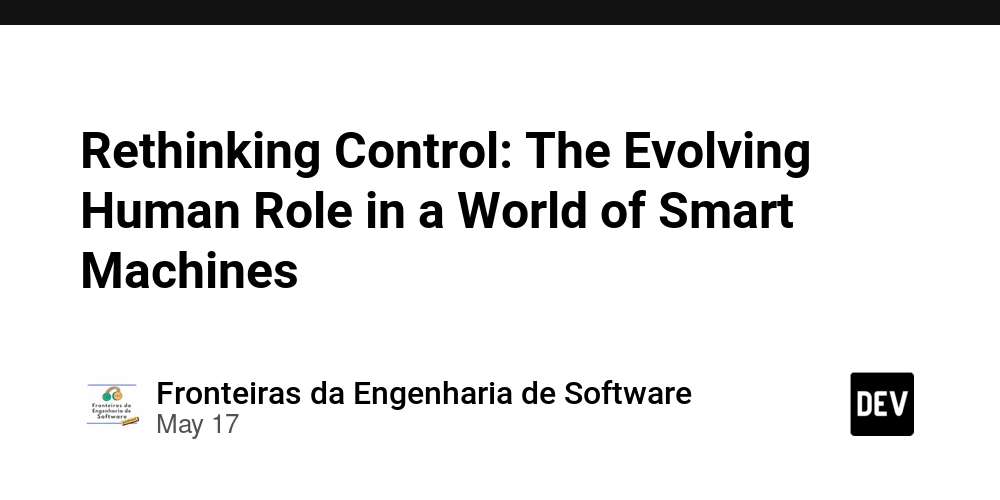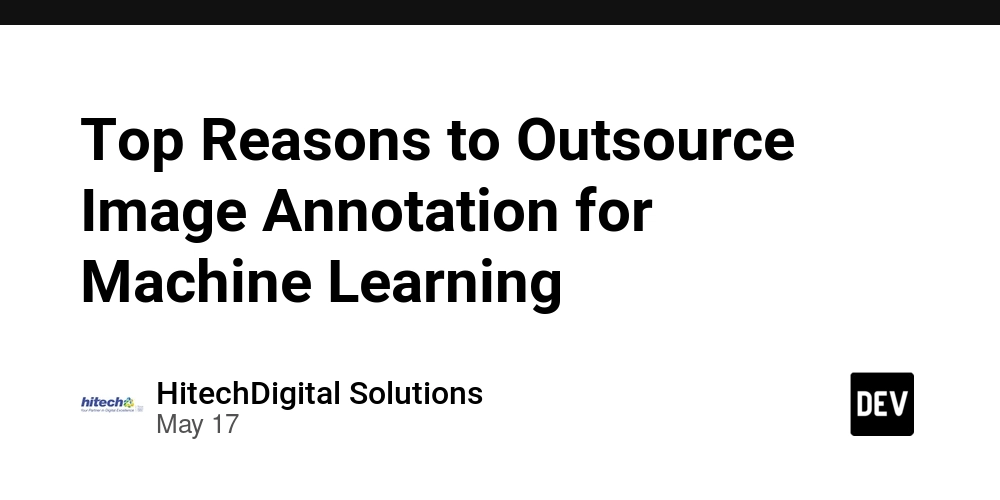Blockchain Security – Protecting Decentralized Systems
As decentralized systems mature, 2024–2025 has emerged as a watershed period for blockchain security, marked by sophisticated cyberattacks, novel attack vectors, and landmark regulatory interventions. While stolen cryptocurrency values declined compared to previous years, falling to $1.7 billion in 2023-the frequency of breaches has intensified, with 231 hacking incidents reported in 2023 alone. This paradox […] The post Blockchain Security – Protecting Decentralized Systems appeared first on Cyber Security News.

As decentralized systems mature, 2024–2025 has emerged as a watershed period for blockchain security, marked by sophisticated cyberattacks, novel attack vectors, and landmark regulatory interventions.
While stolen cryptocurrency values declined compared to previous years, falling to $1.7 billion in 2023-the frequency of breaches has intensified, with 231 hacking incidents reported in 2023 alone.
This paradox underscores both the growing resilience of blockchain infrastructure and the relentless innovation of malicious actors.
From 51% attacks on smaller proof-of-work chains to AI-driven phishing campaigns, the security landscape is evolving rapidly, prompting coordinated responses from governments and industry leaders.
Meanwhile, regulations like the EU’s Digital Operational Resilience Act (DORA) and updated SEC disclosure rules redefine compliance frameworks, forcing projects to balance decentralization with accountability.
Surging DeFi Exploits and High-Profile Breaches
Decentralized finance (DeFi) protocols remain prime targets, accounting for 64.7% of total stolen crypto assets in 2023.
The first quarter of 2025 saw continued fallout from 2024’s catastrophic breaches, including the $308 million DMM Bitcoin hack, attributed to compromised private keys, and PlayDapp’s $290 million loss from unauthorized token minting via access control flaws.
These incidents highlight persistent vulnerabilities in clever contract design and key management. Notably, attackers are increasingly exploiting protocol upgrades and governance mechanisms.
The February 2025 breach of a cross-chain bridge involved malicious governance proposals approved by hijacked validator nodes, draining $216 million in wrapped assets.
Such attacks exploit the tension between decentralization and efficient decision-making, as rushed upgrades often bypass thorough auditing.
Meanwhile, flash loan attacks persist, though they are less prevalent than in 2022. Attackers manipulate Oracle prices to liquidate undercollateralized positions on lending platforms.
Emerging Attack Vectors – From Consensus Manipulation to AI-Powered Social Engineering
Smaller proof-of-work (PoW) blockchains faced renewed 51% attacks in late 2024, with attackers double-spending over $47 million across three networks. These assaults, economically viable on chains with low hashing power, enable transaction reversals and network paralysis.
In response, projects like Litecoin and Ethereum Classic have accelerated transitions to hybrid consensus models, blending PoW with proof-of-stake (PoS) checkpoints.
Sybil attacks- where attackers create fake nodes to overwhelm networks- have surged by 140% year-over-year.
A March 2025 incident on a Layer 2 rollup saw 68% of nodes controlled by a single entity, enabling transaction censorship. Such breaches undermine trust in “decentralized” labels, pushing regulators to demand stricter node verification for licensed platforms.
Generative AI tools now power hyper-personalized phishing schemes, with crypto drainer malware stealing $83 million in Q1 2025.
Attackers clone project websites using AI-generated content and deepfake video endorsements, tricking users into approving malicious smart contracts.
Notably, a fake Uniswap V4 page deployed on a typosquatting domain siphoned $12 million in 72 hours before being taken down.
Regulatory Crackdowns and Standardization Efforts
April 2025 brought transformative SEC guidance mandating detailed disclosures for blockchain-based securities. Issuers must now outline:
- Consensus mechanism risks, including susceptibility to 51% attacks
- Bright contract audit histories and upgrade revocation processes
- Key management practices, particularly for multisig wallets
These rules aim to demystify technical risks for investors, but they face pushback from DAOs, which argue they impose centralized reporting burdens.
The Financial Action Task Force’s Travel Rule, enforcing VASP-to-VASP data sharing, now covers transactions above $1,000.
As of March 2025, 58 jurisdictions require identity verification for cross-border crypto transfers, complicating mixers and privacy coins. Chainalysis reports a 33% drop in illicit fund flows through mixers since enforcement began.
January’s Digital Operational Resilience Act (DORA) mandates stress testing, real-time transaction monitoring, and third-party risk assessments for EU crypto firms.
Early adopters like Bitstamp have integrated tools like Chainalysis Hexagate, which blocked 14 exploit attempts in Q1 using on-chain behavioral analytics.
Mitigation Strategies: Audits, Analytics, and Zero-Trust Architectures
Post-exploit forensics reveal that 74% of 2024’s major hacks exploited known vulnerabilities like reentrancy and integer overflows. Projects increasingly adopt formal verification, mathematically proving contract correctness before deployment.
OpenZeppelin’s ReentrancyGuard and Solidity 0.9’s native overflow checks have reduced related incidents by 61%.
Platforms now provide real-time exploit alerts via decentralized node networks, detecting anomalous transactions 40% faster than centralized alternatives.
In February 2025, these systems flagged a $53 million oracle manipulation attack on a derivatives DApp, enabling protocol freezing within 8 minutes.
Responding to exchange breaches, firms have deployed multi-party computation (MPC) wallets, eliminating single points of failure. MPC adoption among institutions surged to 89% in 2025, with zero reported breaches in this cohort.
The Paradox of Progress
Blockchain security in 2025 embodies a paradoxical duality: each technological advancement begets novel attack surfaces, while each breach catalyzes stronger defenses.
As regulations like MiCA and DORA institutionalize cybersecurity practices, the ecosystem inches toward enterprise-grade resilience.
Yet, the persistence of social engineering and consensus attacks reminds us that decentralization’s greatest strength- permissionless innovation- is also its Achilles’ heel.
The industry must prioritize collaborative security, blending open-source auditing communities, AI-driven analytics, and regulatory clarity to safeguard Web3’s promise.
Find this News Interesting! Follow us on Google News, LinkedIn, & X to Get Instant Updates!
The post Blockchain Security – Protecting Decentralized Systems appeared first on Cyber Security News.










![[FREE EBOOKS] Modern Generative AI with ChatGPT and OpenAI Models, Offensive Security Using Python & Four More Best Selling Titles](https://www.javacodegeeks.com/wp-content/uploads/2012/12/jcg-logo.jpg)








.webp?#)


























































